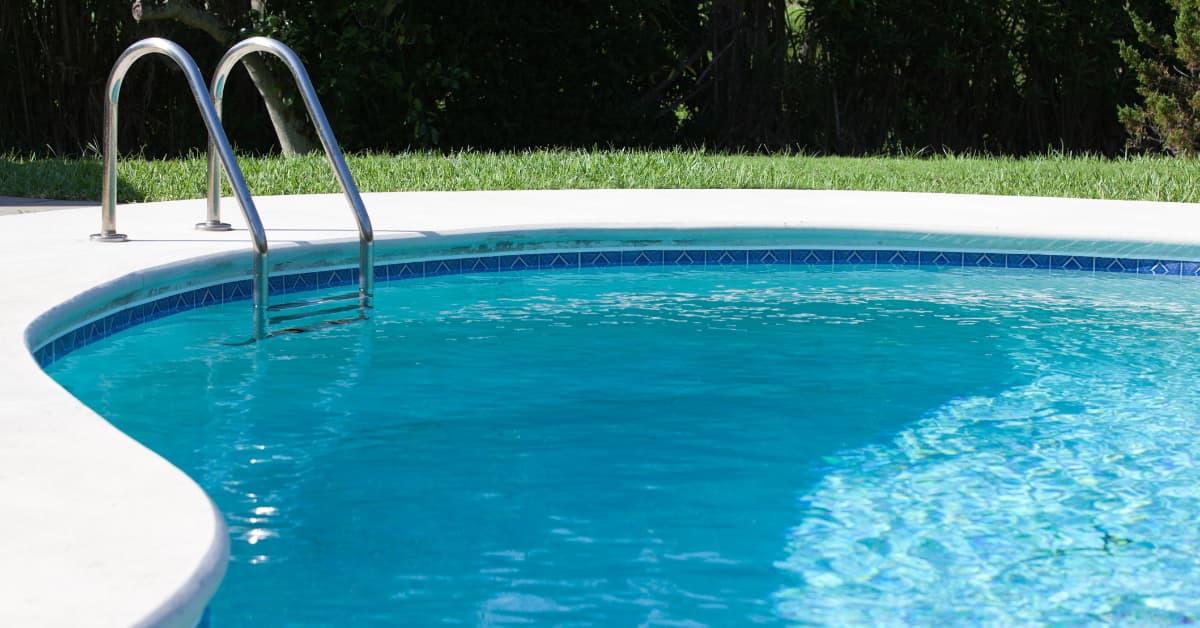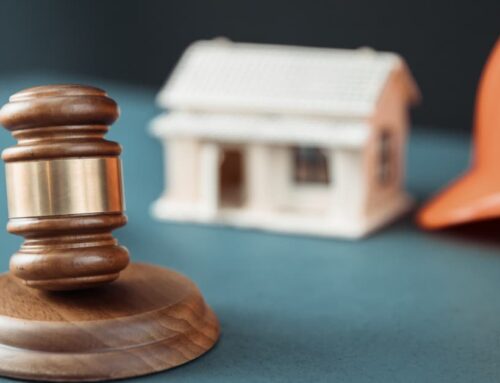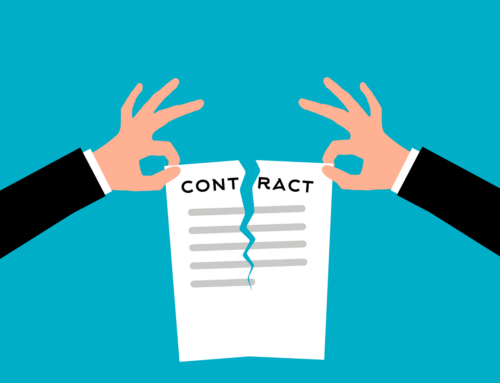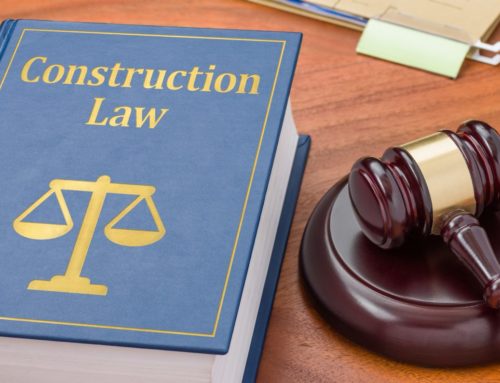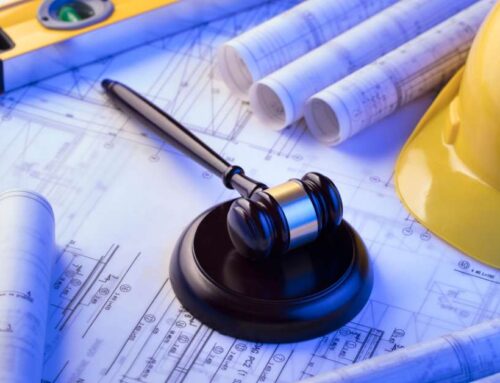Alkali-Silica Reaction (ASR) represents a significant challenge in pool construction, potentially compromising structural integrity and leading to costly repairs. This comprehensive guide explores the complexities of ASR, its prevention, and the critical role of expert legal guidance in protecting your construction investments.
Understanding Alkali-Silica Reaction is crucial for pool contractors, property owners, and construction professionals seeking to ensure durable, long-lasting concrete structures.
Whether you’re planning a new pool construction project or dealing with existing ASR-related issues, having knowledgeable legal counsel can help navigate the complexities of construction contracts, material specifications, and liability concerns.
Kelly Legal Group specializes in construction law and can provide the expertise needed to protect your interests throughout the pool construction process.
Key Takeaways:
- ASR Prevention: Early intervention and proper material selection are crucial for preventing costly structural damage
- Legal Protection: Expert construction law guidance ensures compliance and minimizes liability risks
- Testing Importance: Regular monitoring and professional assessment help identify ASR early
- Mitigation Strategies: Proper repair protocols and documentation protect against future claims
- Expert Guidance: Legal counsel plays a vital role in construction contract development and dispute resolution
What is Alkali-Silica Reaction?
The alkali-silica reaction represents a complex chemical process occurring within concrete structures, particularly affecting pool construction. This reaction develops when alkali hydroxides present in cement paste interact with reactive silica found in certain aggregates.
The resulting chemical reaction produces an expansive gel that absorbs moisture and creates internal pressure within the concrete matrix. As this gel expands—up to 4 times its original volume—it generates forces that can exceed the concrete’s tensile strength, leading to cracking and structural deterioration.
This process is especially problematic in pool construction due to constant water exposure and temperature fluctuations.
Why ASR Matters in Modern Pool Construction
In today’s pool construction industry, Alkali-Silica Reaction awareness has become increasingly critical. The reaction’s potential to compromise structural integrity poses significant risks to both contractors and property owners.
Understanding these implications helps stakeholders make informed decisions about materials, construction methods, and legal protections.
ASR’s impact on modern pool construction is far-reaching:
- Financial Impact: Initial microscopic cracks can develop into major structural issues, potentially requiring complete pool replacement at costs exceeding the original construction budget
- Long-term Liability: The reaction’s latent nature, often taking years to become visible, creates significant liability concerns for contractors
- Complex Designs: Modern features like infinity edges and underwater windows create additional vulnerable points for ASR development
- Insurance Implications: Many policies now specifically address ASR-related damages, making prevention crucial for risk management
These factors make ASR prevention and management essential considerations in contemporary pool construction, affecting everything from initial design to long-term maintenance strategies.
Recognizing ASR Damage Signs in Pool Construction
Early detection of Alkali-Silica Reaction manifestations can significantly impact the success of mitigation efforts. Characteristic signs include map-like cracking patterns, gel exudation, and progressive surface deterioration.
Regular inspections by qualified professionals help identify these indicators before extensive damage occurs.
Key visual indicators of ASR damage include:
- Cracking Patterns: Distinctive spider web or map-like cracks, typically wider at the intersection points
- Surface Issues: Discoloration, spalling (flaking), and pop-outs in the concrete surface
- Moisture Signs: White or gel-like deposits seeping from cracks, especially after rain or pool use
- Structural Changes: Misalignment of pool components, unexplained bulging, or expansion of concrete sections
Pool owners and maintenance staff should note that these symptoms often appear first in areas with the highest moisture exposure, such as waterline tiles and steps.
However, visible signs may only emerge years after the reaction has begun, making regular professional inspection crucial for early intervention.
ASR Prevention Strategies for Swimming Pool Projects
Implementing effective Alkali-Silica Reaction prevention measures requires a comprehensive approach to material selection and construction practices.
This includes using low-alkali cement, selecting non-reactive aggregates, and incorporating appropriate chemical admixtures. Kelly Legal Group can assist in developing contracts that specify appropriate materials and construction standards to minimize ASR risks.
Material Selection
- Use of low-alkali Portland cement (less than 0.6% alkali content)
- Carefully sourced, non-reactive aggregates tested for ASR susceptibility
- Lithium-based admixtures that inhibit ASR gel formation
- Supplementary cementitious materials like fly ash or silica fume
Construction Practices
- Proper concrete mix design with appropriate water-to-cement ratios
- Adequate curing procedures to minimize early-age cracking
- Installation of effective drainage and waterproofing systems
- Implementation of expansion joints at strategic locations
These preventive measures, when properly specified in construction contracts and implemented under qualified supervision, significantly reduce the risk of ASR development in pool structures.
Alkali-Silica Reaction Testing Protocols and Legal Compliance
Professional testing methods for ASR detection include petrographic analysis, accelerated mortar bar testing, and concrete prism testing.
These assessments provide crucial data for both prevention and remediation strategies. Our legal team ensures that testing protocols meet industry standards and regulatory requirements.
Key testing methods and their applications:
Petrographic Analysis (ASTM C295)
- Microscopic examination of concrete samples
- Identifies reactive aggregates and existing gel formation
- Provides detailed documentation of concrete condition
Accelerated Testing
- Mortar Bar Testing (ASTM C1260): 14-day assessment of aggregate reactivity
- Concrete Prism Testing (ASTM C1293): Long-term evaluation over 1-2 years
- Field Testing: Core sampling and in-situ monitoring
Compliance requirements often include:
- Regular testing intervals throughout construction
- Documentation of test results and mitigation measures
- Third-party laboratory verification
- Adherence to state-specific construction codes
Our legal team works closely with testing laboratories and construction professionals to ensure all testing protocols are properly documented and meet regulatory standards, protecting stakeholders from potential liability issues.
Understanding ASR-Related Costs and Legal Implications
The financial impact of ASR extends far beyond immediate repair costs, often leading to significant legal expenses and potential litigation. Understanding these costs is crucial for all stakeholders in pool construction projects.
Key legal expenses typically include:
- Litigation Costs: Complex disputes between contractors, suppliers, and property owners ($50,000-250,000+)
- Expert Testimony: Technical specialists and forensic analysis ($10,000-30,000)
- Preventive Measures: Contract development and compliance audits ($3,500-8,500)
- Insurance: Enhanced professional liability coverage ($5,000-15,000 annually)
Kelly Legal Group helps clients navigate these expenses through strategic planning and proactive risk management, potentially saving hundreds of thousands in future litigation costs.
Managing ASR Repairs and Mitigation in Pool Structures
When ASR damage occurs, implementing proper repair and mitigation strategies becomes essential. This process involves careful documentation, appropriate material selection, and qualified contractor oversight.
Kelly Legal Group provides guidance on repair contracts and liability protection throughout the remediation process.
Effective repair management requires:
- Detailed Documentation: Photo evidence, repair logs, and material records
- Strategic Planning: Phased repair approach based on damage severity
- Quality Control: Third-party oversight of repair work and materials
- Legal Protection: Properly structured repair contracts and warranties
Our team ensures all repair work meets industry standards while protecting clients from future liability issues.
ASR Diagnosis and Expert Consultation Requirements
Accurate ASR diagnosis requires experienced professionals who can differentiate between various forms of concrete deterioration.
Kelly Legal Group coordinates with qualified experts—including structural engineers and concrete specialists—to ensure comprehensive diagnosis and documentation.
Our process combines professional assessment, laboratory testing, and thorough legal documentation to protect clients’ interests and establish a solid foundation for any necessary legal proceedings.
FAQs About ASR in Pool Construction
What makes ASR particularly concerning for pool structures?
ASR poses unique challenges in pool construction due to constant moisture exposure and temperature fluctuations. These conditions can accelerate the reaction’s progression, potentially leading to structural compromise and increased maintenance costs. Professional legal guidance helps ensure proper material specifications and construction standards are maintained.
How can property owners protect themselves against ASR-related issues?
Protection starts with proper contract development and material specifications. Kelly Legal Group assists clients in creating comprehensive construction agreements that address ASR prevention, testing requirements, and liability considerations. This proactive approach helps minimize risks and ensures clear accountability.
What role do construction contracts play in ASR prevention?
Well-crafted construction contracts specify appropriate materials, testing protocols, and quality control measures. Our legal team helps develop contracts that protect stakeholders’ interests while ensuring compliance with industry standards and local regulations.
When should legal counsel be consulted regarding ASR issues?
Early legal consultation is recommended during the planning phase of pool construction projects. Kelly Legal Group provides guidance on contract development, material specifications, and risk management strategies to prevent future ASR-related disputes.
Securing Your Pool Construction Project Against ASR
Understanding and addressing ASR risks represents a crucial aspect of successful pool construction. By combining technical knowledge with proper legal protection, stakeholders can minimize potential complications and ensure long-term structural integrity.
Don’t leave your pool construction project vulnerable to ASR-related issues. Contact Kelly Legal Group today to schedule a consultation with our experienced construction law attorneys.
Our team will help you develop comprehensive legal strategies to protect your investment and ensure successful project outcomes!

